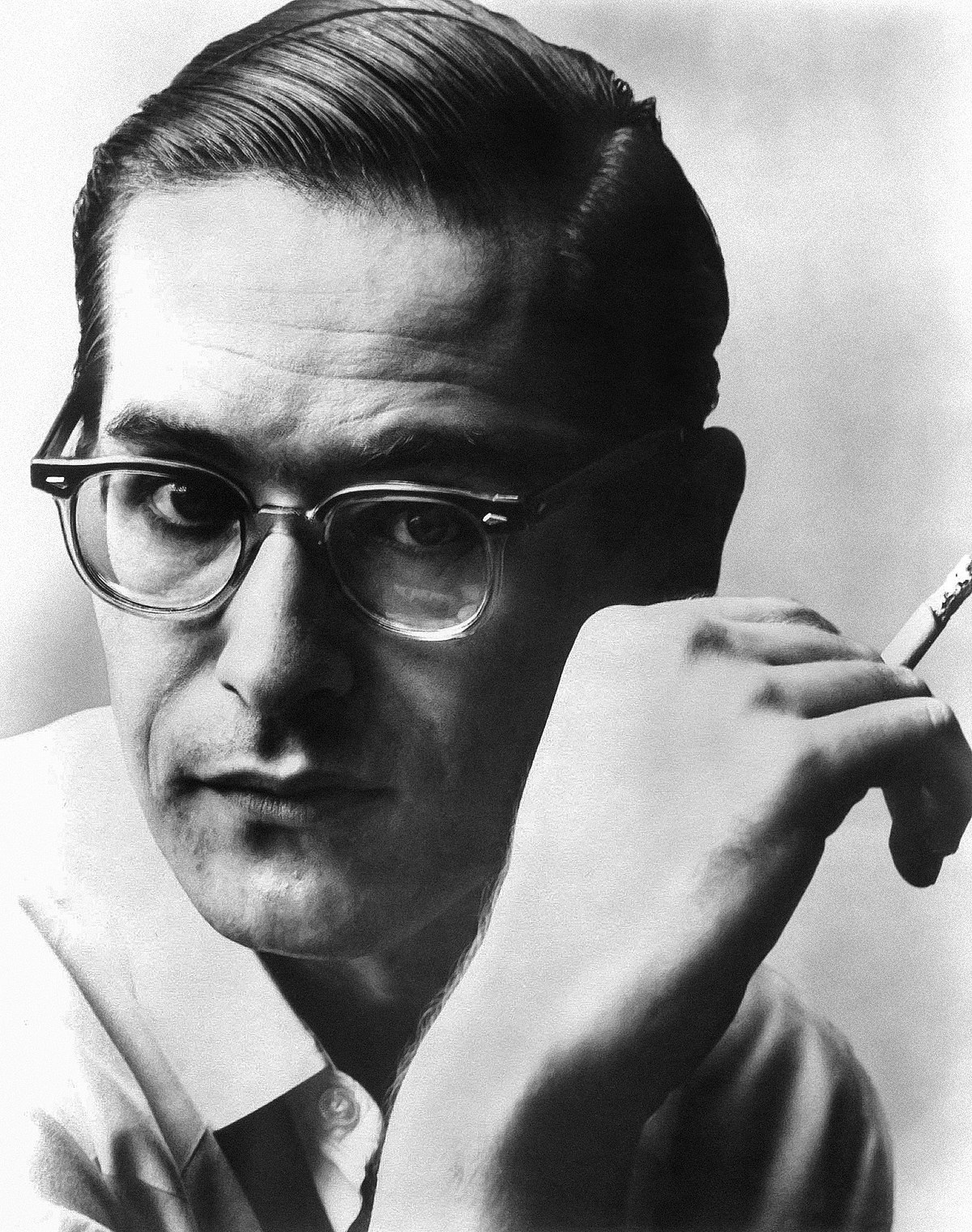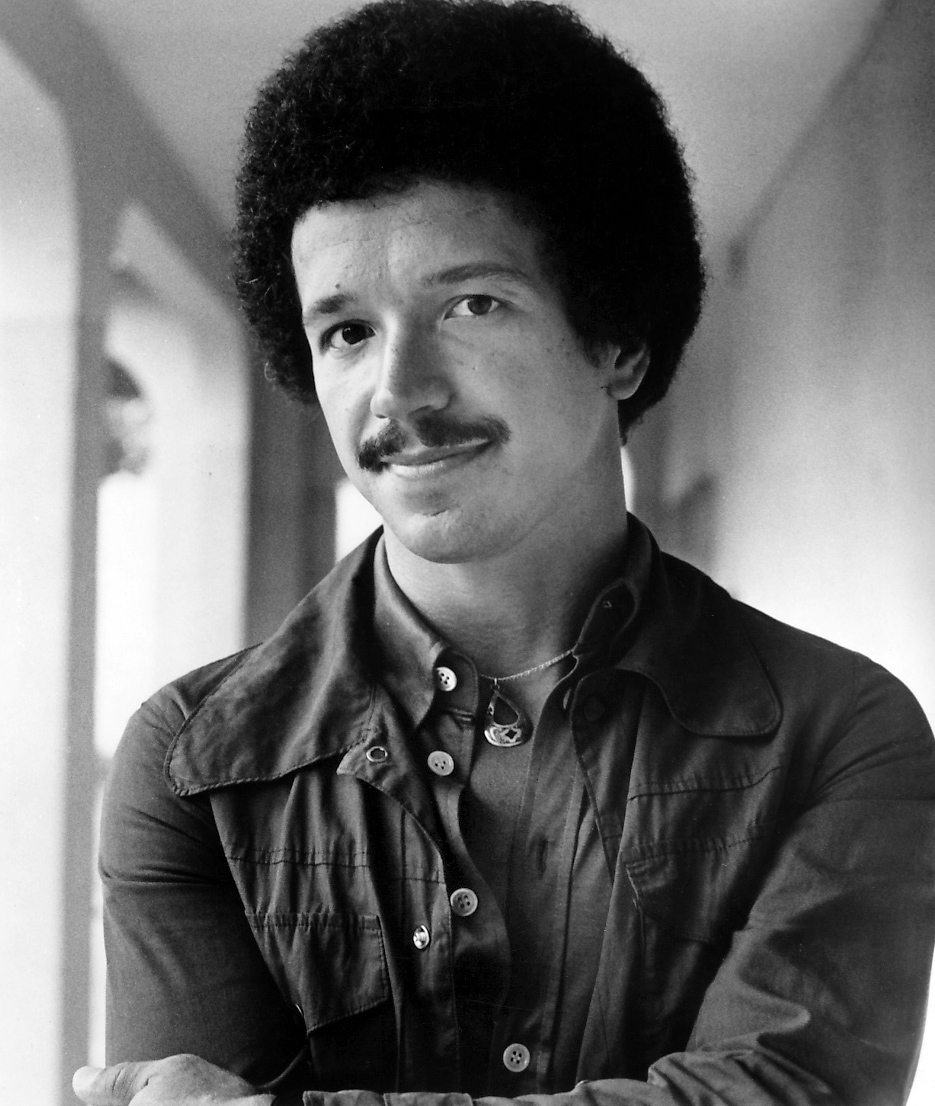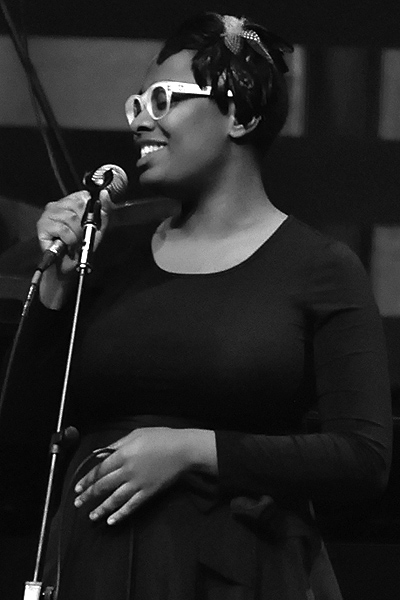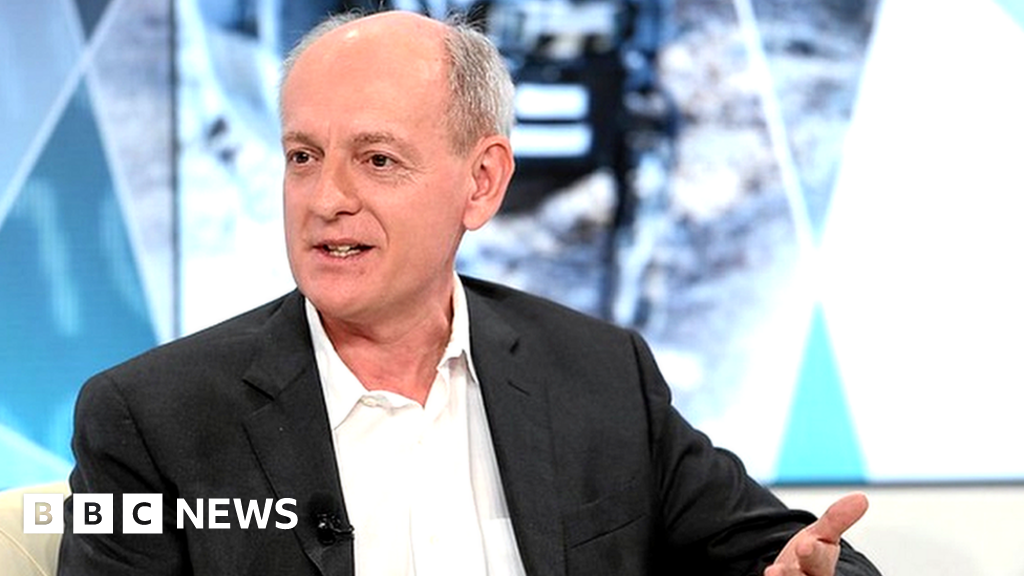Workshop🇮🇹 : Co-Creative AI through attending workshop at Prato, Italy
What is the Co-Creative AI? What are things we should consider?

This was my first time attending a research workshop, and I felt a bit nervous about immersing myself in this new community. As someone from a minority background, I've encountered this feeling many times during my visiting research experiences. However, I'm genuinely excited about this opportunity and grateful to be in this situation. Being someone who typically approaches things from a technological perspective, I immediately noticed the diverse mix of people—artists, researchers, and individuals from various creative domains—participating in the workshop after our brief self-introductions. We delved into discussions about creativity and co-creative AI, generating numerous ideas and then refining them into several relevant topics that explore co-creative AI from different angles.

We ended up the 5 topics and I could see a lot of divergences from the history and future of these terms, and realized when we think about AI in the context of creativity as a researcher, we need to be much more careful rather than you expected, and we could not avoid ethical perspective anymore. Mark who is organizing this workshop published well well-written paper related to the AI ethical problem “A computational framework of human values for ethical AI”.
Further discussion details will be published from this workshop organizer so I will not describe many details.
Human-Human / Human-AI Collaboration
My group are mainly discussing human and human/ human and AI collaboration. We discussed how we can propose of a new suggested framework for Human-AI collaboration informed by practice. We look at human-AI dialogues and agency through embodied experience of improvisation, analysing in dynamics of co-creative practices to gain insights regarding the differences and similarities between human-human and human-AI interaction. “Practiced-based research” I’ve heard of this word so many times and this is the idea of doing research as a practitioner. In this group, we have different types of practitioners and start talking our experience. For example, Lucjia who is a media artist and researcher she introduced us her work called “Transhuman Ansambl” which is a live performance and installation using her voice and 16 accompanying “Vox agents”.

Transhuman Ansambl. Lucija Ivsic
Through her practice, I reflect on my research as I must do more practice (making music, performance etc.). Sometimes these practices really help us think to get more essence.
Another inspired lighting talk from Mark d’Inverno from Goldsmiths about “AI 2 sound right”. Some jazz artist, Bill evans says “that I arrived at myself for every note I play”. There is something we’re sure we can’t replace with AI when we see beautiful pieces. Cécile McLorin Salvant

But then why do we fear the AI? Reith Lectures: AI and why people should be scared
He elaborates on current concerns about using AI in music, such as lack of trust/understanding-data & algorithm, fear of being duped or deep-faked, fear of AI automating music creation, and fear that musicianship and music itself is being diminished. He is also a jazz player and his value as an improviser is the authenticity of “own sound”, moment-by-moment connection.
Last part of the presentation, he introduced his manifesto for AI in music, emphasizing human values, providing a sense of otherness, and provoking our “music creativity”, these are quite important and something I want to keep in mind.
Visiting Florence.

Florence is obviously meaning a lot from our historical traits. We visit the church called “Santa Maria Novella”.

In this era, they don’t have camera or even the concept of perspective, most of paints drew on the wll inside the church are flat perspective. It was interesting how human develop and getting realistic landscape, the process of changing representation of myself, by seen millions of art collection in Florence.
Other Memo
Bill evans
that I arrived at myself for every note I play
Keith Jarret
Musician want to sound right
hyper aware of sounds









